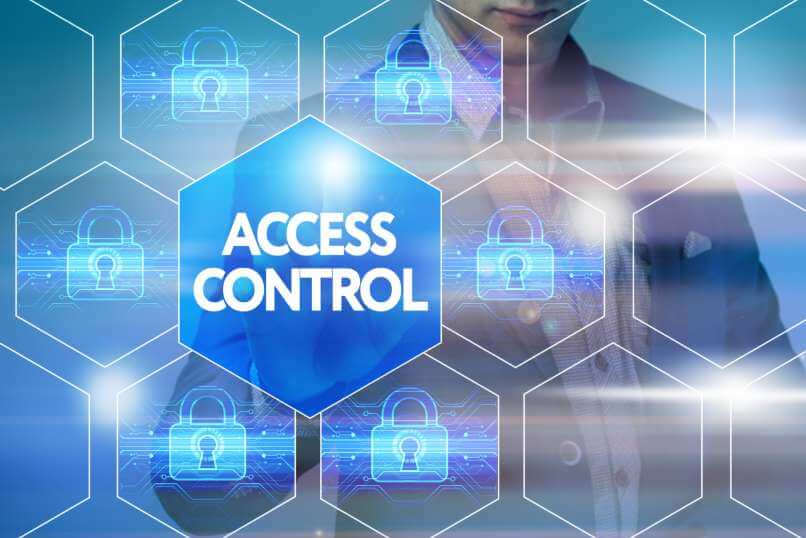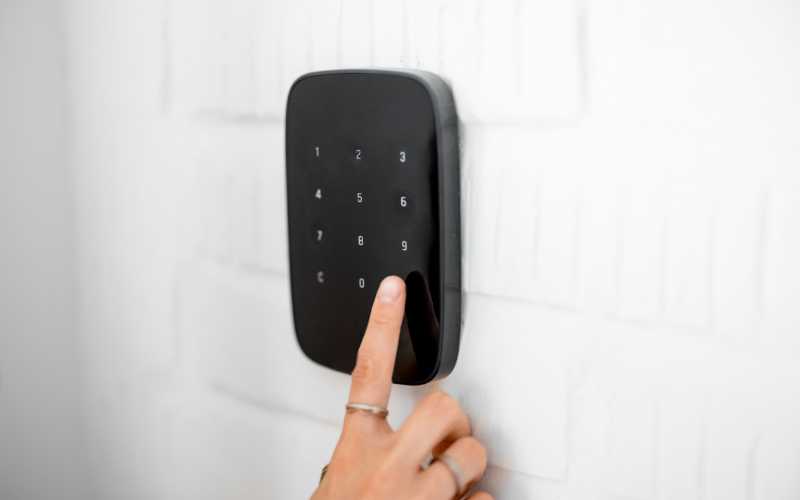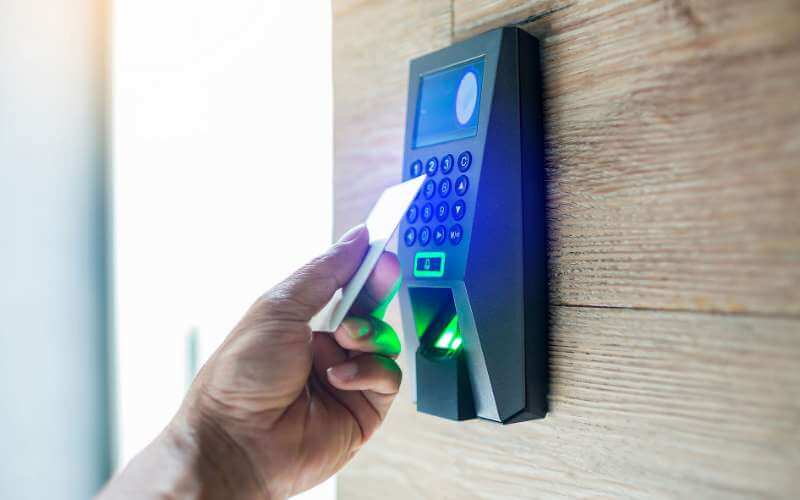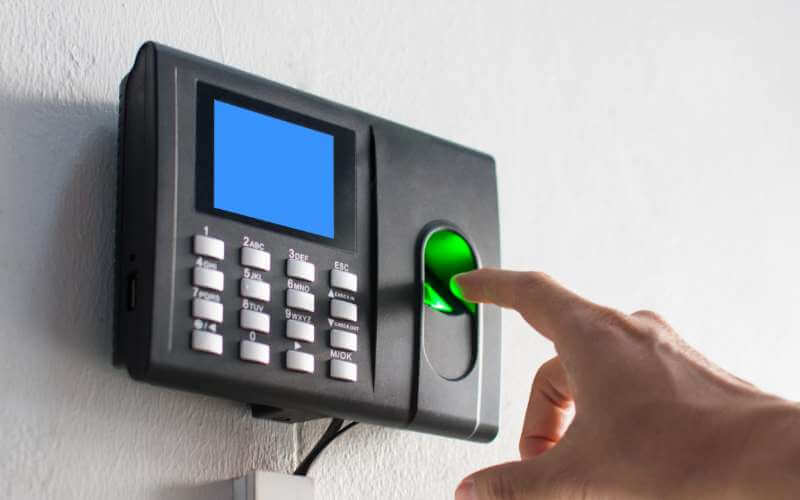Access Control
What is access control? What are the types of common access control systems at present? What are their advantages and disadvantages?
Access control, also known as an access control system or channel management system, is a digital, intelligent management system used for controlling personnel access.

The concept of access control systems has been a part of our lives for a long time. For example, we install doors and locks in our homes and use keys to enter. When someone comes to our home, we do not need to call out; we simply use the key to open the door. If someone outside calls out, we ask, "who is it?" and judge by their voice and past experiences whether to open the door or not. This is a primitive concept of access control. In ancient China, the Great Wall served as the largest primitive access control system.
With the deepening of electronic intelligence in society, the access control systems we see today can be divided into different types, including:
assword access control system, card access control system, the biometric access control system
Password Access Control System
By entering a password, the system can determine whether to release the electric lock and open the door. The advantage of this method is that only the password needs to be remembered, without the need for any other media. The cost is also relatively low. However, the disadvantage is that it can be slow, taking several seconds to enter the password, and leading to queues during busy periods. Additionally, if the password is entered incorrectly, it must be re-entered, leading to further delays. The security of this method is also poor, as nearby individuals can easily observe and remember the passwords of others through gestures. Passwords are also prone to being forgotten or leaked. This method is becoming less and less popular, only being used in low-security situations with low-cost and infrequent use, such as safes.

Swipe Card Access Control System
The access control system can be divided into two types based on the card: contact card access control system (using magnetic stripe cards or barcode cards) and contactless card access control system (also known as induction card or RF card). However, the use of contact card access control system has decreased over time due to issues such as wear and tear, card damage, and limited scope of use. Currently, contactless IC card access control system is the mainstream due to its durability, cost-effectiveness, fast reading speed, and high-security advantages. As a result, many people refer to the access control system as a contactless IC card access control system.

Biometric Access Control System
An access control system that identifies people based on their biological characteristics is known as a biometric access control system. Common systems include fingerprint entrance guard system (which uses the unique texture features of a person's fingerprints), palm instrument entrance guard system (which uses the unique bone shape of a person's hand), iris entrance guard system (which uses the unique retina features of a person's eye), and facial recognition entrance guard system (which uses the unique facial features and their locations). The advantages of biometric access control systems are that they do not require the use of cards or other media, have a low probability of repetition, are difficult to copy, and have high security. However, they are expensive and have slow comparison speeds, which makes them less suitable for use in crowded areas. Additionally, biological characteristics can change over time and with the environment, leading to false rejection rates. For example, fingerprints may vary with the season and humidity, palms may change with age and growth, and iris recognition may be affected by eye diseases. Therefore, while biometric access control systems are advanced and secure, their application is limited to fields with small populations, high-security requirements, and high costs, and they are not the mainstream of the current access control system.

The access control system has some derivative forms depending on its application occasions and objects. For example, the parking lot management system is used for vehicle entry and exit management, and the subway entrance control system is used for subway fare collection.
Most of the existing access control and time attendance systems operate in a centralized manner, requiring an access controller installed at the door to be connected to a central controller. These systems typically have a complicated wiring structure.
Chiyu Technology offers a range of access control solutions that include biometric and proximity verification access controllers, which can be installed at doors as their own intelligent controllers. This provides better flexibility and security compared to the centralized operation system of other existing access control and time attendance systems. Additionally, Chiyu's extension unit Secure I/O can be installed inside the door, offering added security through a detachable structure. Users can choose from various access controllers with different verification types, including biometric technology, RFID, facial recognition, and finger vein.
High Durability Access Control Accessories.
We provide electromagnetic lock or access control magnetic lock, exit/push button, U-brackets, L-brackets, smart card reader, and writer. Along with door secure IO to fulfill your total solutions. Access control systems accessories are used in server rooms, office main doors, corridors, buildings, and institutes to meet the requirements of our customers.
Relay Box For Access Control Security.
Chiyu access control manufacturer offers plenty of access control peripheral to fulfill access control solutions.
